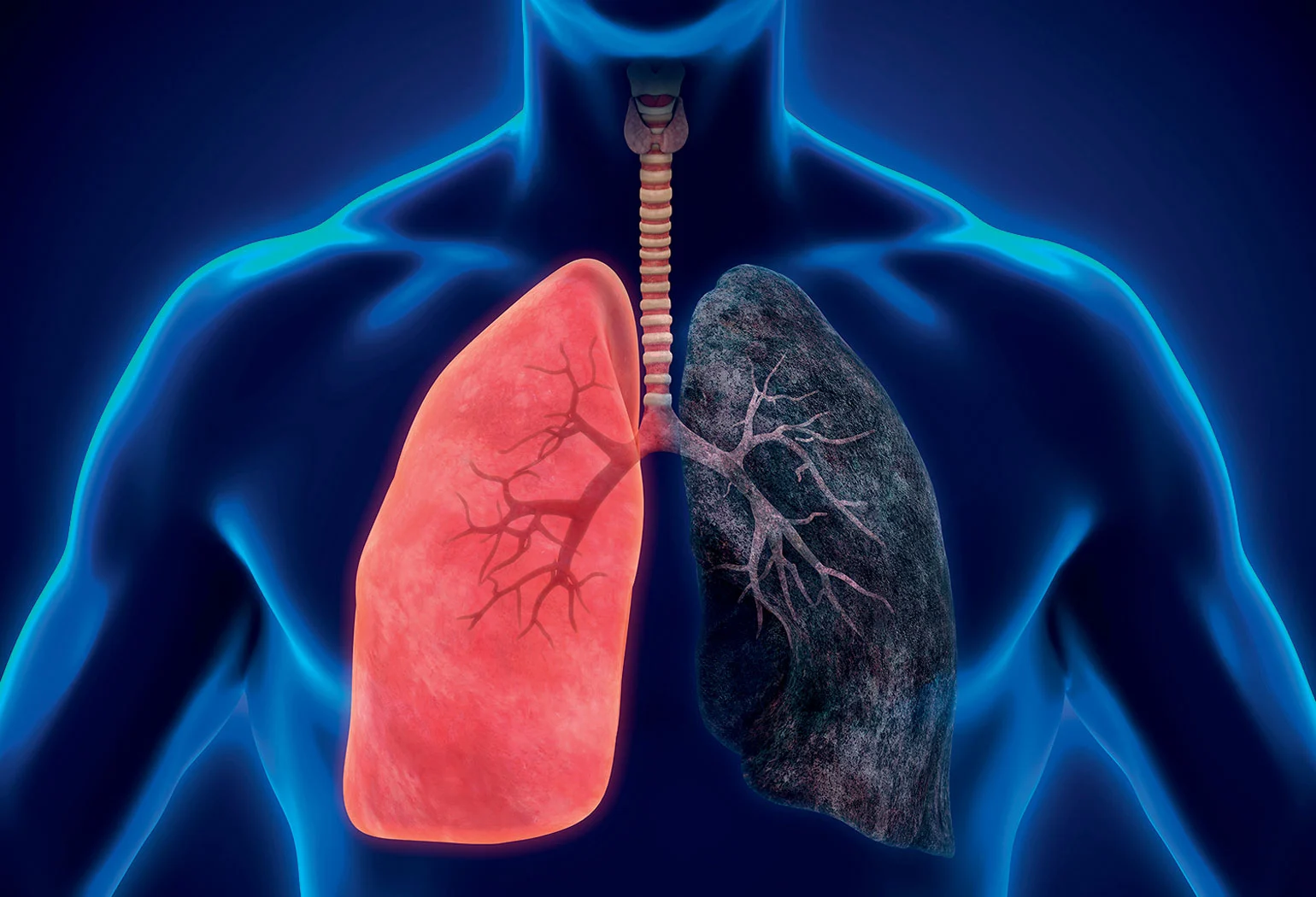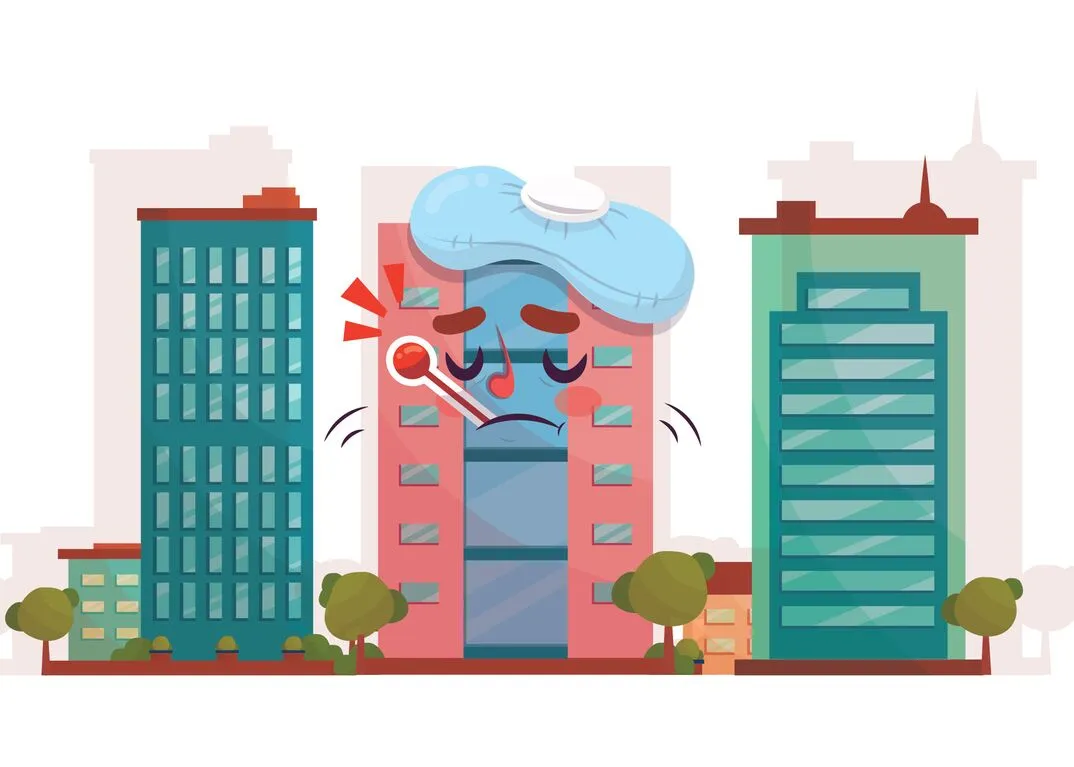Asbestosis is a specific type of pneumoconiosis that is defined as chronic diffuse fibrosis of the lung...
Read MoreFire Risk Assessment | Ultimate Guide
Introduction
Fire risk assessment is governed by the RRFSO rather than the Management of Health and Safety at Work Regulations 1999.
Fire risk assessment will determine which fire precautions are required.
There are numerous methods for carrying out a fire risk assessment. This article will go over the method described in the Fire Safety Guides published by the Department of Communities and Local Government.
In general, the best practical method is a systematic approach divided into five simple stages.
Fire Risk Assessment
Stage 1 – Identify Fire Hazards
When determining the level of risk, it is important to take into account the following five main hazards that fire produces: –
- Oxygen depletion.
- Flames and heat.
- Smoke.
- Gaseous combustion products.
- Structural failure of buildings.
The most common cause of death in fires is smoke and other gaseous combustion products.
Heat sources and fuel are necessary for a fire to start.
The risks to people and businesses are reduced if these hazards can be separated, removed, or reduced.
Identifying fire hazards in the workplace is the first stage as follows:
a. Identify any combustibles
The majority of workplaces have combustible materials.
Normal stock in trade shouldn’t cause concern as long as it is used safely and stored away from sources of ignition.
- To reduce the risk of a fire starting or spreading quickly, good housekeeping standards are essential.
- The amount of combustible material in a workplace should be kept to a minimum.
- Materials shouldn’t be kept where they might obstruct exit doors or routes, such as in gangways, corridors, or stairways.
- Waste should be regularly collected and removed from the workplace, especially in areas where there are lots of processes that generate it.
- Combustible materials should be kept out of the workplace or in fire-resisting stores.
- The amount of combustible materials stored or used at the workplace should be as small as possible, typically no more than half a day’s supply.
b. Identify any sources of heat
Every workplace has heat and ignition sources; some are obvious, like cooking equipment, heaters, boilers, engines, smoking materials, or heat from processes.
Others might be less obvious, like heat from chemical processes or electrical circuits and equipment.
- Workplace ignition sources should be removed or changed for safer alternatives.
- If this is not possible, the ignition source should be kept away from combustible materials or made the subject of management controls.
- In areas where portable heaters are used or where smoking is permitted, extra care should be taken.
- When heat is used as part of a process, it should be used with caution to reduce the risk of a fire as much as possible.
- Arson risk can be reduced with adequate security both inside and outside the workplace.
- Smoking is prohibited in enclosed or significantly enclosed areas under smoke-free legislation.
- For those who still want to smoke, there should be designated safe areas outside.
- The smoking rules should be strictly enforced.
c. Identify any unsafe acts
people who perform risky behavior, such as smoking next to combustible objects, etc.
d. Identify any unsafe conditions
These are hazards that could help a fire to spread in the workplace, such as the presence of large areas of hardboard, polystyrene tiles, etc., or open stairs that could allow a fire to spread quickly and trap people and engulf the whole building.
A simple single-line plan is an excellent way to identify and record these hazards.
Stage 2 – Identify Persons Who Are at Significant Risk
Consider the risk to anyone who may be present.
In many instances, and especially in most small workplaces, the identified risk(s) won’t be significant, and specific measures for people in this category won’t be required.
However, there will be occasions when certain individuals may be particularly at risk from the fire because of their specific role, disability, sleeping, location, or workplace activity.
- Sleeping accommodation is provided.
- Individuals who are physically, visually, or mentally challenged.
- People are incapable of reacting quickly.
- Persons are isolated.
- Outsiders may enter the workplace, including visitors, the general public, or other workers.
The assessor must determine whether the current arrangements are satisfactory or if changes are required.
Because fire is a dynamic event that, if left unchecked, will spread throughout the workplace, all people present will be at risk if a fire occurs.
Where people are at risk, adequate means of escape from fire should be provided together with arrangements for detecting and giving warning of fire.
Firefighting equipment that is suitable for the hazards at the workplace should be available.
Some people may be at high risk because they work in areas where fires are more likely or where rapid-fire growth is possible.
Hazards that create a high level of risk should be reduced wherever possible.
Young people cannot be hired unless risks to them are taken into account in the risk assessment.
Stage 3 – Evaluate and Reduce the Risks
Attempt to categorize each area as ‘high,’ ‘normal,’ or ‘low risk.’ If “high risk,” it might be necessary to reconsider prevention principles; otherwise, more compensatory measures will be required.
a. Low risk
Areas where there is minimal risk to people’s lives, low chance of a fire occurring, low chance of fire, heat, or smoke spreading, and people would have enough to react to an alert of fire.
b. Normal risk
These areas make up almost all parts of most workplaces and are those where a fire outbreak is most likely to remain confined or spread slowly, with an effective fire warning allowing people to escape to safety place.
c. High risk
Areas where the amount of time available to evacuate the area is reduced by how rapidly a fire spreads, such as when highly flammable or explosive materials are stored or used (other than small quantities under controlled conditions).
Additionally, in situations where there are slower responses to fire alarms due to the type of person present or the activity going on at the workplace, such as with the infirm and elderly or persons sleeping on the premises.
Matters that will have to be considered are:
- Means for detecting and giving warning in case of fire – can it be heard by all occupants?
- Are the available means of escape adequate in size, number, location, well-lit, unobstructed, safe to use, etc.?
- Signs – for exits, fire routines, etc.
- Firefighting arrangements – wall-mounted or in a cradle on fire exit routes, appropriate for the hazards present, and sufficient in number?
Stage 4 – The Findings
The assessment’s findings and actions (including maintenance) arising from it should be recorded.
If there are five or more employees, or if an Alterations Notice is required, a formal record of the significant findings and any measures proposed to deal with them must be recorded.
The record should indicate:
- The date the assessment was made.
- The hazards identified.
- Any staff and other people are especially at risk.
- What action needs to be taken, and by when (action plan)?
- The conclusions arising.
The workplace must be examined in its entirety to determine how quickly employees in each area would respond to a fire alert.
If people are found to be at risk, suitable safety measures will be needed. Additional fire safety measures will be required in areas where maximum travel distances cannot be reached.
Where people are at risk or an unacceptable hazard remains, additional fire safety precautions will be required to compensate, or previous stages will be repeated to reduce risk to an acceptable level.
Stage 5 – Monitor and Review on a Regular Basis
The fire risk assessment is not a one-off procedure.
It should be monitored regularly to ensure that the existing fire safety arrangements and fire risk assessment remain realistic.
The assessment should be reviewed if there is a significant change in the occupancy, work activity, the materials used or stored when building works are proposed, or when it is no longer thought to be valid.
Structural Features
The workplace may have features that promote the rapid spread of fire, heat, or smoke and interfere with escape routes.
These features could be ducts, flues, floor or wall openings, or combustible wall or ceiling linings.
It is important to take the necessary precautions to reduce the possibility of a fire spreading quickly in areas where these features put people at risk.
For example, non-combustible automatic dampers are fitted in ducts to provide an early warning of a fire so that people can leave the workplace before their escape routes become unusable.
On escape routes, combustible wall or ceiling linings should not be used, and they should be removed in large areas wherever they are found.
Other holes in fire-resistant floors, walls, or ceilings should be filled with fire-resistant material to prevent smoke, heat, and flames from passing through.
Temporary Workplaces, Maintenance, and Refurbishment
All temporary workplaces, including construction sites, temporary buildings, festivals, and fêtes, must have fire safety precautions and an escape route in case of fire.
The scale of the temporary workplace will dictate the requirements which will depend on:
- The number of people working or visiting the site at any one time.
- the type of materials being used in the workplace or being used to construct the workplace.
- Are they highly flammable or flammable?
- The height above or below the ground floor, as well as how far it is to a place of safety.
- the location, whether it is in a remote area or close to water supplies and/or fire and rescue services.
- The size of the premises and the ability to hear audible warnings.
“Risk assessments will be needed to determine the level of precautions necessary.”
Fire Plans
Fire plans should be created and attached to the fire risk assessment.
A copy should be displayed at the workplace.
A single-line plan of the area or floor should be created, or an existing plan should be used which needs to show:
- Escape routes, the number of exits, the number of stairs, the presence of fire-resistant doors, walls, and partitions, as well as safe places.
- Fire safety signs and notices, such as pictorial fire exit signs and fire action notices.
- The location of fire warning call points and sounders or rotary gongs.
- The location of emergency lights.
- The location and type of fire-fighting equipment.
Summary
Fire risk assessments are governed by the RRFSO rather than the Management of Health and Safety at Work Regulations 1999.
A fire risk assessment will determine which fire precautions are required.
In general, the best practical method is a systematic approach divided into five simple stages.
- Stage 1 – Identify Fire Hazards
- Stage 2 – Identify Persons Who Are at Significant Risk
- Stage 3 – Evaluate and Reduce the Risks
- Stage 4 – The Findings
- Stage 5 – Monitor and Review on a Regular Basis
Structural Features
The workplace may have features that promote the rapid spread of fire, heat, or smoke and interfere with escape routes.
These features could be ducts, flues, floor or wall openings, or combustible wall or ceiling linings.
It is important to take the necessary precautions to reduce the possibility of a fire spreading quickly in areas where these features put people at risk.
Temporary Workplaces, Maintenance, and Refurbishment
All temporary workplaces, including construction sites, temporary buildings, festivals, and fêtes, must have fire safety precautions and an escape route in case of fire.
Fire Plans
Fire plans should be created and attached to the fire risk assessment.
A copy should be displayed at the workplace.
How useful was this post?
Click on a star to rate it!
Average rating 0 / 5. Vote count: 0
No votes so far! Be the first to rate this post.
I'm sorry that this post was not useful for you!
Let me improve this post!
Tell me how I can improve this post?
References
- Hughes, P., & Ferrett, E. (2011). Introduction to health and safety at work: The handbook for the nebosh national general certificate. Butterworth-Heinemann/Elsevier.
Occupational Health Surveillance | Program, Purpose, and Benefits
Occupational health surveillance refers to any activity in which an employer seeks information about an employee's health...
Read MoreWorkplace safety signs are a crucial component of accident prevention for employees. First aid signs are signs...
Read MoreSick building syndrome (SBS) refers to a situation in which the occupants of a building experience acute...
Read MoreRecent Posts
-
SAPHO Syndrome | Causes, Symptoms, Diagnosis & Treatments
-
Systemic Lupus Erythematosus | Causes, Symptoms & Treatments
-
Gastric Ulcers | Causes, Symptoms, Complications & Treatments
-
Wiskott-Aldrich Syndrome | Causes, Symptoms & Treatments
-
The 4 Stages of HIV Infection | Ultimate Guide
-
Good’s Syndrome | Symptoms, Causes & Treatments
-
Acquired Angioedema | Causes, Symptoms & Treatments
-
Rheumatoid Arthritis | Symptoms, Causes, Diagnosis & Treatments
-
Acute Pancreatitis | Causes, Symptoms, Diagnosis and Treatments
-
Pernicious Anemia | Causes, Symptoms, Diagnosis and Treatments
-
Sickle Cell Anemia | Causes, Symptoms, Diagnosis and Treatments
-
Aplastic Anemia | Causes, Symptoms, Diagnosis and Treatments
-
Diamond Blackfan Anemia | Causes, Diagnosis and Treatments
-
Sideroblastic Anemia | Causes, Symptoms & Treatments
-
Organic Dust Toxic Syndrome (ODTS) | Symptoms, and Treatments





